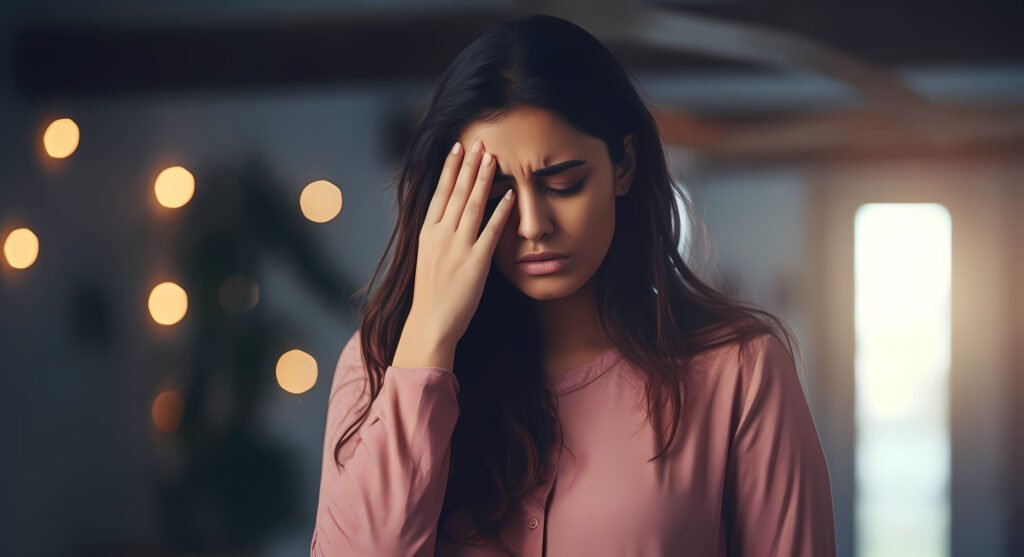We have all known at least one person suffering from joint pain with a history of prolonged labour, usually our grandparents. It is the most common locomotor diseases encountered affecting millions of people worldwide.
Osteoarthritis is a degenerative condition of the major joints, where the cartilage that separates the two bones of a joint becomes thin from wear and tear or injury. Despite this being the main problem in the joint, this is followed by inflammation, the surrounding structures of ligament, menisci, joint capsule are also involved contributing to the characteristic set of symptoms in OA.
OA can be primary (without any known/ acquired cause) or secondary (due to injury, infections, systemic diseases, inflammation)

















